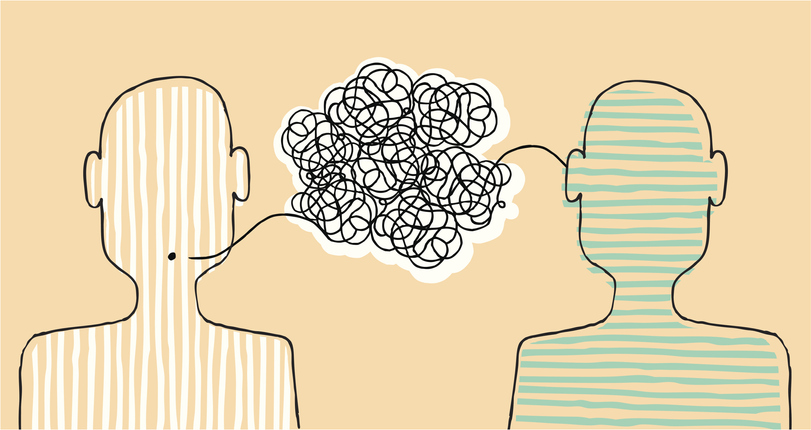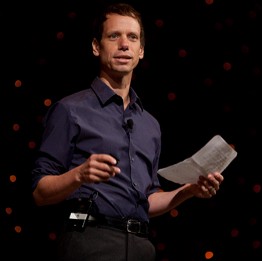When I started organizing there was little funding for the work. We cobbled our budget together through dues, contributions from neighborhood congregations and businesses, and an occasional grant. It wasn’t easy, but there was an upside. All of the funds were for working on issues people in the community identified. Today, many organizers are hired, not to organize on issues the community selected, but instead to mobilize on issues chosen by someone else – often philanthropy.
If we are to engage a larger base of working-class people we’ll have to upend this formula. The best long-term base-building I’ve witnessed starts with organizing on issues people chose themselves.
In the 90s I moved to Chicago to organize on the west side and be mentored by Shel Trapp, who co-founded National People’s Action. As a young would-be organizer in Indiana, Trapp’s Basics of Organizing was the first writing I’d found that laid out how to actually do the thing. For me, it was revelatory.
Trapp taught us to identify issues you could organize on. We learned to fish, test, and sell. A solid organizer, applying these and other fundamentals can quickly build a base of 30 or so core leaders, put 150-200 people in a room four to six times a year, and deliver a big contingent to larger organizational moments.
We start with fishing. We hit forty or so doors a night to find out what issues will bring people together, and could done through one on one meetings. We are looking for issues that were widely and deeply felt. One without the other will not get it done. An issue that only a handful of people care about will not build much power. An issue that everyone agrees on but no one is passionate about will not spark the energy needed to win.
If while fishing, a number of folks start to name the same problem – rising rents, a failing school, or banks redlining the neighborhood – we likely have a good issue from which to organize.
To confirm this, we test the issues that people named in our fishing. At the door we might say, on the 1700 block a lot of folks are upset about foreclosures. People might respond, “oh yeah, that is a big problem – see that eyesore across the block?”
Once we find an issue or two that are widely and deeply felt, we have a leadership meeting of people we met through fishing and testing to launch our first campaign. The goal of that first meeting is to come to agreement on which issue to move on first.
We then develop a basic power analysis and move to action. Then we sell that issue and action to the broader neighborhood.
This most classic form is listen, test, build agreement, then sell. But it doesn’t always play out that way.
Coming up, Trapp was an organizer for the Organization for a Better Austin, on Chicago’s westside. Under the direction of Tom Gaudette, they built one of the toughest organizations in Chicago. A few years into his time there, looking to grow their ranks, Trapp started door-knocking a less organized part of the neighborhood.
He knew the schools were overcrowded, with as many as 75 kids per class. So, he tested school overcrowding. Door after door he got zero traction. He pivoted back to fishing. Then a woman at the door said “you know what we need to deal with? These damn shopping carts!” as she pointed out to a few grocery carts on the sidewalk. Carts from the neighborhood grocery store had been brought home and were littering up the neighborhood.
Trapp thought to himself, “shopping carts?!” But he tested this on the next door and the next. It turned out people were pissed as hell about the damn shopping carts. So, they had a few house meetings and devised a plan to force the grocery manager to keep the carts on the grocery’s property (you’d think this would have already been a priority). They did an action on the grocery store manager and won.
That night they celebrated with a case of beer in a member’s backyard. Feeling newfound confidence, one of the new members said, “You know what we should do next, something about overcrowding at the schools.” Others agreed. After some failed testing, Trapp circled back to listening, organized and delivered on what people wanted, and what they felt ready for. They then went on to win one of the landmark fights for school integration in Chicago.
When Trapp first came around, it wasn’t that people didn’t want to address school overcrowding. People are smart. They were rightly skeptical that some guy knocking on their door about an issue as big as school segregation was likely to lead to change. So they right-sized the first issue. In a sense testing if this organizer could deliver. If the organization couldn’t deliver on shopping carts, it sure as hell couldn’t build the power to win on school integration.
This simple formula of fishing, testing, and selling has proven to be incredibly effective at building a new base of people in short order. The principles apply whether organizing on the doors, through institutions, or in the digital arena. Today, we have more means to apply these principles, but apply them we should.
There can be a tendency these days to look for a shortcut, to skip steps. Over and over we pay the price for this. We are only as strong as the foundation we build, and that foundation is stronger when we listen to the wisdom of the people we seek to organize.
There is more funding for organizing than there has ever been. Let’s move from funding organizations to mobilize, and instead allow the space to organize. We will grow our ranks and build the collective self-confidence needed to succeed in taking on the more systemic fights and actually win.
You can read more from the Fundamentals of Organizing here.

